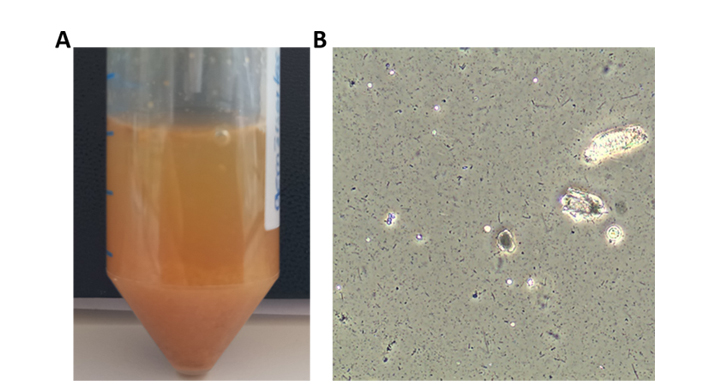Biodegradability of the natural colorant curcumin and its derivates is a prerequisite for their sustainable use as colorants. However, because of its low solubility, it is only poorly available for biodegradation.
For exploring the environmental fate of curcumin, the University of Münster is performing stability tests and chemical treatments of this compound. Based on this knowledge new enrichments are carried out for the isolation of microorganisms able to utilize curcumin or a degradation product of it. Conditions favoring oxidation of curcumin -leading to discoloration- were established and degradation attempts are performed using oxidized curcumin.
Furthermore, at the University of Münster bacterial communities during growth as well as the rotting of the turmeric rhizomes are analyzed and compared to gain information about the optimal growth and the rotting process as well.

